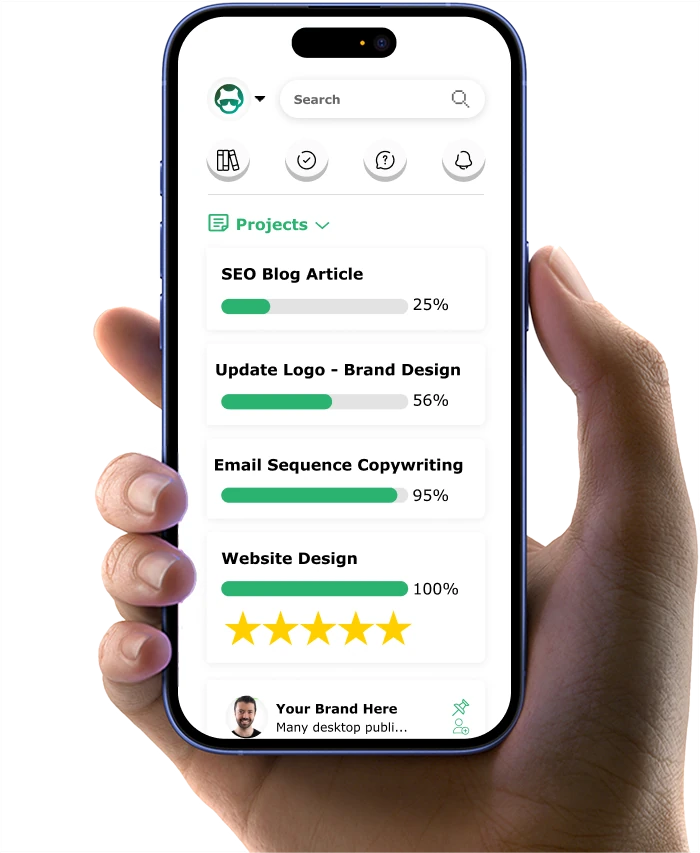Cross-Channel Magic: Scale Smart, Win Big
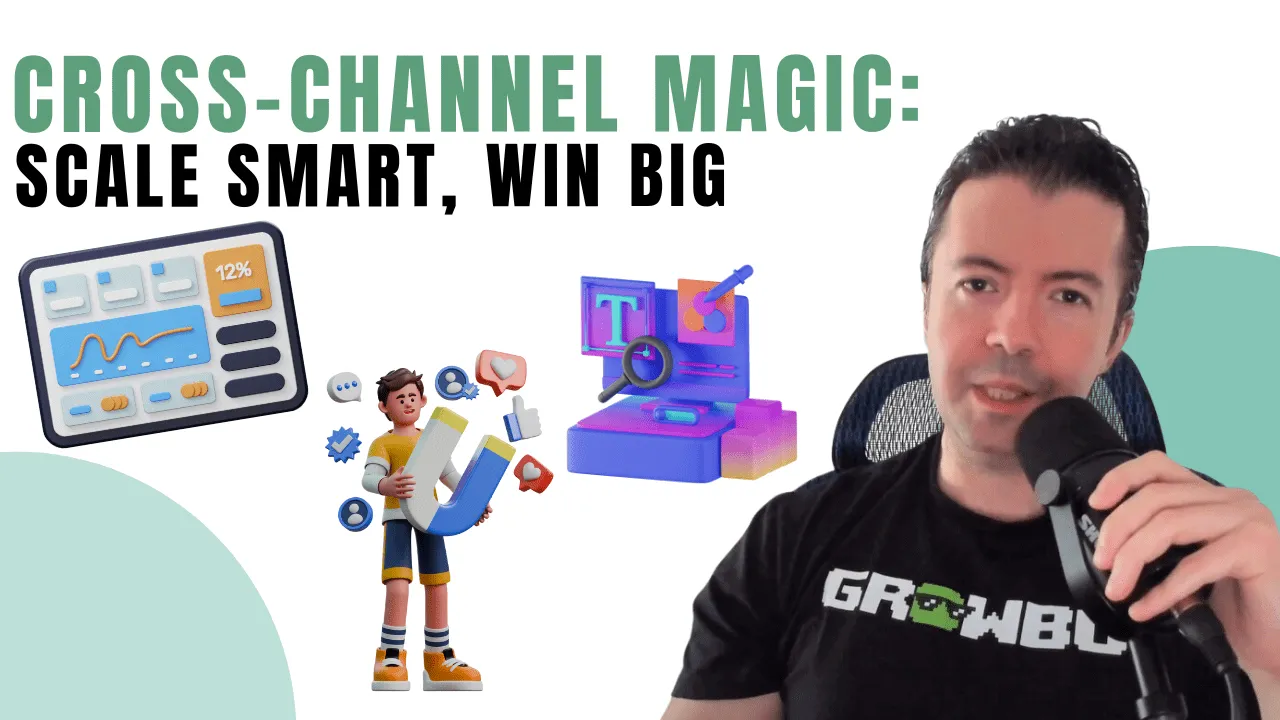
Managing cross-channel marketing for clients is like spinning plates while blindfolded. One wobble and everything crashes down.
Your clients expect seamless campaigns across email, social, and paid ads. But behind the scenes? Your team is struggling to make it all work together.
Sound familiar?
Most agencies run multiple channels but fail at true integration. Your email team rarely syncs with your social media folks. Your reports come from five different platforms. And your clients are starting to notice the disconnect.
I've helped dozens of agencies fix this exact problem over the past decade. The good news? You don't need expensive new tools or a complete team overhaul.
What you need is a practical system that fits your current setup.
In this guide, I'll share nine proven strategies that helped our agency partners:
- Cut reporting time in half
- Boost campaign effectiveness
- Turn struggling client relationships into success stories
- Scale operations without adding headcount
- Win more pitches with real cross-channel expertise
Ready to make cross-channel marketing actually work for your agency? Let's dive in...
Want to get all your marketing and funnel work done—without the headaches of hiring a team? Download our free guide: 33 Marketing Projects You Can Delegate to Growbo and discover how to save 100+ hours a month, grow faster, and scale without the overhead.
Cross-Channel Strategy #1: How to Conduct a Client-Specific Journey Audit as Your First Move
Cross-channel marketing strategy starts with a client-specific journey audit. This audit gives you a clear picture of every step your client’s customers take, from first touch to final conversion. If you skip this, your campaigns risk being disconnected and less effective, which is a common pitfall for agencies managing multiple brands.

When you map each touchpoint, you see where prospects get stuck or drop off. This insight lets you fix weak spots and double down on what works. Agencies that do this early can increase client retention and campaign ROI. Companies that map the customer journey see greater marketing effectiveness.
Many agencies rely on channel-level reporting, but this misses the big picture. A journey audit connects the dots across email, social, web, and paid ads. It’s the foundation for a unified cross-channel approach that clients actually notice.
Step-by-Step
- Interview client stakeholders and front-line staff to capture true customer experiences.
- Collect and review data from all marketing channels and analytics tools.
- Map each touchpoint, from discovery to post-purchase, and highlight drop-off points.
- Validate your map with customer feedback or survey data.
- Prioritize fixes based on business impact and quick wins.
KEY INSIGHTS
- Journey audits reveal gaps that channel-only analytics miss.
- Stakeholder interviews and customer feedback are both essential for accuracy.
- Prioritizing fixes by impact helps you show early results and build client trust.
Start your next client project with a journey audit to lay the groundwork for a more effective messaging and visual playbook, which we’ll cover next.
Cross-Channel Strategy #2: Building an Agency-Wide Messaging & Visual Playbook for Consistent Results
Your marketing works better when you say the same thing and use the same style everywhere you advertise. Without a unified playbook, agencies risk sending mixed signals to their client’s audiences, which can erode brand trust and reduce campaign effectiveness. Many agencies fall into the trap of letting each team or specialist create their own assets, but this leads to confusion and extra work when scaling campaigns.

A strong messaging and visual playbook establishes clear guidelines for voice, tone, and brand visuals. It makes onboarding new team members faster and ensures every campaign aligns with the client’s brand. Brands with consistent messaging see higher revenue than those with fragmented communications.
To build a playbook that works, agencies need to involve both creative and account teams. This collaboration ensures guidelines are practical and easy to use in real projects. The playbook should be a living document, updated as client needs and market trends shift.
Step-by-Step
- Audit all existing messaging and visual assets for consistency and gaps.
- Document brand values, voice, tone, and key visual elements in detail.
- Create templates for emails, ads, social posts, and landing pages.
- Train both creative and client-facing teams on using the playbook.
- Set a schedule to review and revise the playbook quarterly or with major campaign launches.
KEY INSIGHTS
- Consistency drives higher client satisfaction and campaign ROI.
- Regular updates keep your playbook relevant as client needs evolve.
- Collaboration between creative and account teams prevents silos and confusion.
Next, we’ll look at how to centralize client data for actionable insights.
Cross-Channel Strategy #3: Centralizing Client Data for Actionable Insights in Campaigns
Your cross-channel marketing plan only works well if you connect all your customer information together. Many agencies operate with fragmented data, which makes it hard to see the full picture or prove ROI to clients. When data from each channel lives in its own silo, you miss out on trends, duplicate efforts, and make reporting a headache.
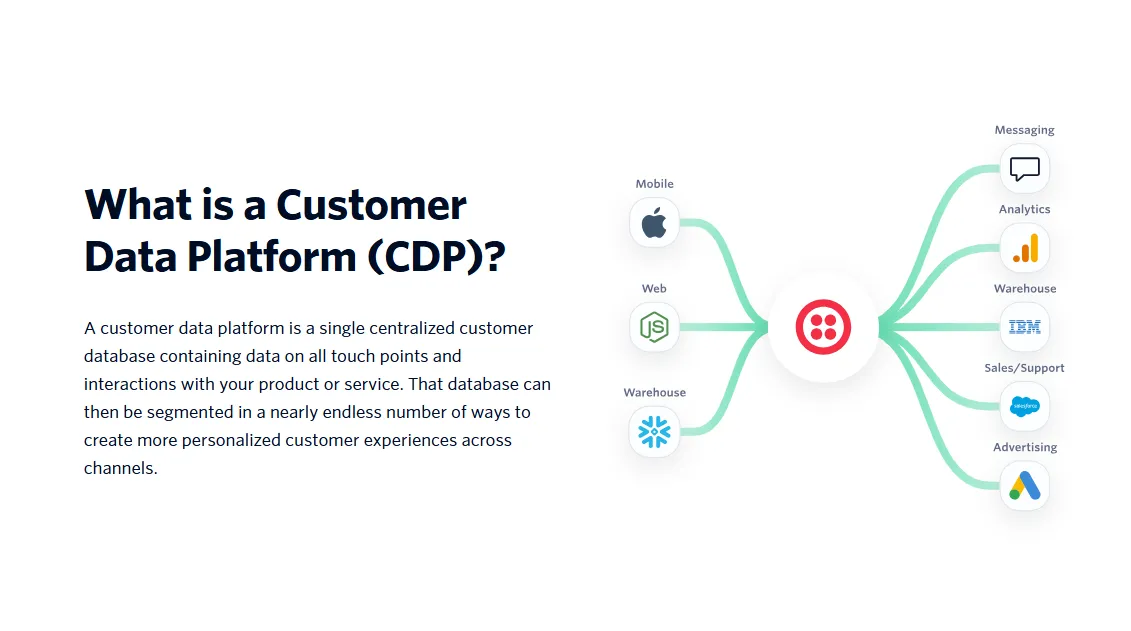
Centralizing all client data provides a single source of truth. This lets you spot patterns, optimize campaigns in real time, and deliver more meaningful reports. Marketing professionals say unified data management is the top driver for better campaign performance.
Agencies should prioritize data centralization if they manage multiple channels or spend more than two hours per week on manual reporting. The right tools not only save time but also improve transparency with clients who expect real-time insights.
Decision Guide
- If you manage more than three channels per client, centralize now.
- If manual reporting takes more than two hours per week, move to automated dashboards.
- If clients request frequent custom reports, centralization will make this seamless.
KEY INSIGHTS
- Centralized data enables smarter decisions and faster optimizations.
- Unified dashboards improve client trust and reporting speed.
- Data integration should be a top priority for agencies with complex campaigns.
Up next: how to segment and personalize for each client’s audience.
Cross-Channel Strategy #4: Segmenting and Personalizing for Each Client’s Audience
When you split your customers into groups and create messages that fit each group's needs, your cross-channel marketing works much better. Sending the same message to everyone leads to lower engagement and wasted budget. Instead, dividing audiences by behavior, interests, or demographics lets you tailor messages that resonate.

Personalization goes beyond just using someone’s name. It’s about sending the right offer or content at the right time, based on real data. Agencies that excel at segmentation see up to 14% higher open rates and 10% higher conversions, according to MarketingCharts.com.
To get started, agencies need to work closely with clients to define key segments and set up tools for dynamic content. Testing and refining these segments over time ensures continuous improvement and higher ROI.
Step-by-Step
- Analyze client data to identify audience segments by behavior, demographics, or purchase history.
- Set up dynamic content in email, web, and ad platforms for each segment.
- Test messaging and offers for each group, tracking engagement and conversions.
- Refine segments based on results and feedback every quarter.
KEY INSIGHTS
- Segmentation and personalization drive measurable improvements in engagement and conversions.
- Dynamic content tools make it easier to scale personalization across channels.
- Regular testing and refinement are essential for long-term results.
Next, we’ll explore automating and orchestrating multi-client campaigns.
Cross-Channel Strategy #5: Automating and Orchestrating Multi-Client Campaigns for Scalable Success
You need automated systems to manage marketing for lots of clients across different places without doing everything by hand. Agencies that automate routine tasks can focus on creative strategy and client relationships, not just admin work.
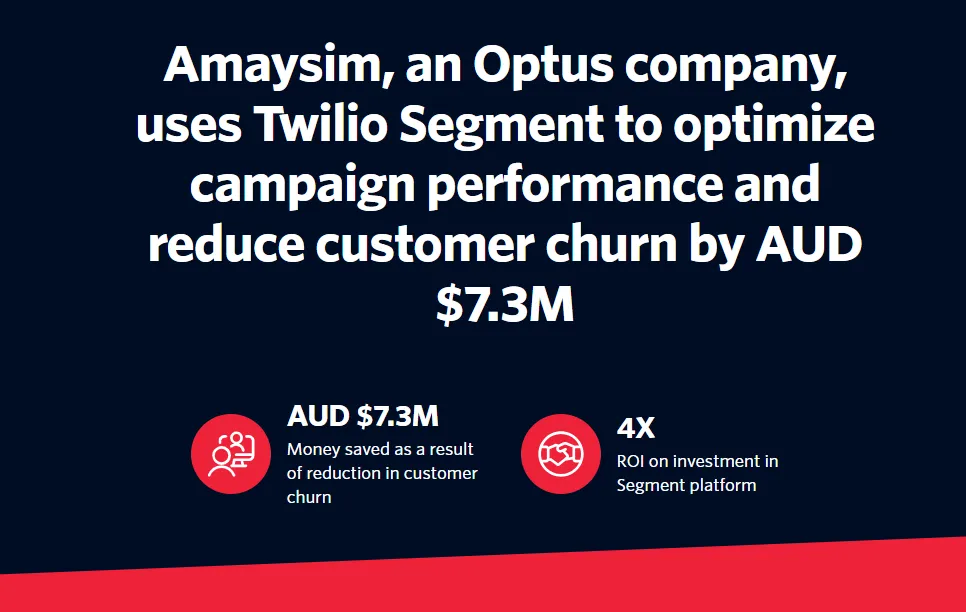
Automation is most effective when paired with clear workflows and regular checks for quality. The right tools let you set up triggers, schedule campaigns, and coordinate across channels without losing the personal touch. This balance is what sets top agencies apart.
Marketing automation can reduce campaign launch times, freeing up resources for higher-value work.
Step-by-Step
- Identify repetitive tasks across all client campaigns (e.g., email sends, report generation).
- Choose automation tools that integrate with your existing platforms.
- Set up workflows and triggers for campaign launches and follow-ups.
- Regularly review automated processes to ensure quality and relevance.
KEY INSIGHTS
- Automation frees up your team for strategic work and creative problem-solving.
- Quality checks prevent automation from feeling impersonal or off-brand.
- Integrated tools reduce errors and speed up campaign delivery.
What challenges do you face when automating campaigns, and how do you keep them feeling personal? Share your experience below or reach out for a free workflow review.
Cross-Channel Strategy #6: Leveraging Channel Strengths for Each Client Type
Your marketing works better when you choose the right places to advertise based on each client's goals and customers. Many agencies make the mistake of spreading resources across every available platform, but this leads to diluted results and wasted spend. Instead, focus on the channels that align with your client’s objectives and where their audience is most active.

For example, SaaS clients may benefit most from content marketing and LinkedIn ads, while ecommerce brands often see stronger returns from Instagram and Google Shopping. By analyzing past campaign data and audience behavior, you can prioritize the highest-performing channels and allocate budget accordingly. Marketers say prioritizing the right channels is their top driver of campaign success.
To keep your approach efficient, review channel performance every quarter and adjust your mix as audience habits shift. This keeps your campaigns agile and ensures you’re always investing where it counts.
Quick Implementation Guide
- Time required: 1 week for initial analysis, then quarterly reviews.
- Resources: Analytics tools, past campaign reports, client interviews.
- Metrics to track: Channel-specific ROI, engagement rates, cost per acquisition.
KEY INSIGHTS
- Not every channel fits every client; tailor your mix for each campaign.
- Quarterly reviews help you adapt to changes in audience behavior and platform performance.
- Data-driven channel selection leads to higher ROI and happier clients.
Next, we’ll focus on testing and optimizing campaigns for continuous improvement.
Cross-Channel Strategy #7: Testing, Analyzing, and Optimizing Across Campaigns
Cross-channel marketing plans are always changing. Regular testing, analysis, and optimization are essential for agencies that want to keep campaigns performing at their best. Many agencies stop at initial launch, but ongoing iteration is what delivers sustained results.


Start by setting clear hypotheses for each test, such as which subject line increases email open rates or which creative drives more clicks on social ads. Use A/B testing tools and analytics dashboards to track results. Marketers who test campaigns see higher conversion rates.
It’s important to document both wins and losses, so your team builds a knowledge base that speeds up future campaign planning. Share findings with clients to demonstrate value and transparency.
Step-by-Step
- Define clear objectives and testing criteria for each campaign element.
- Set up A/B tests or multivariate experiments across channels.
- Analyze results weekly, using dashboards to spot trends and outliers.
- Implement winning variations and archive learnings for future use.
KEY INSIGHTS
- Continuous testing leads to higher conversion rates and more effective spend.
- Documenting results accelerates learning and improves future campaigns.
- Transparency with clients builds trust and demonstrates ongoing value.
Let’s move on to building strong feedback loops with clients and teams.
Cross-Channel Strategy #8: Building Feedback Loops with Clients and Teams
When people share information and communicate well, your marketing across different places succeeds. Agencies that create regular feedback loops with both clients and internal teams catch issues early, align on goals, and discover new opportunities. Without structured feedback, misalignment grows and campaign results suffer.

Establish a recurring schedule for feedback sessions, such as bi-weekly client calls and monthly team retrospectives. Use simple surveys and collaborative tools to gather input. According to Harvard Business Review, organizations with strong feedback cultures outperform peers by 14% in productivity.
Encourage honest, actionable feedback and make it easy for everyone to contribute ideas. Act on what you learn to build trust and show your commitment to continuous improvement.
Step-by-Step
- Schedule regular feedback sessions with clients and internal teams.
- Use surveys, polls, or collaborative docs to collect input.
- Review feedback for trends and actionable items.
- Implement changes and report back on progress.
KEY INSIGHTS
- Frequent feedback keeps campaigns aligned with client goals.
- Inclusive feedback processes surface new ideas and prevent recurring mistakes.
- Acting on feedback builds long-term trust and partnership.
Ready to take your agency’s cross-channel approach even further? The next section will explore innovating with emerging channels for future growth.
Cross-Channel Strategy #9: Innovating with Emerging Channels for Agency Growth
Your marketing plan isn't complete unless you also use new and upcoming ways to reach customers. Agencies that keep their eyes on new platforms and technologies can offer clients fresh opportunities and stay ahead of the competition. Relying only on established channels may lead to diminishing returns as audiences shift their attention elsewhere.
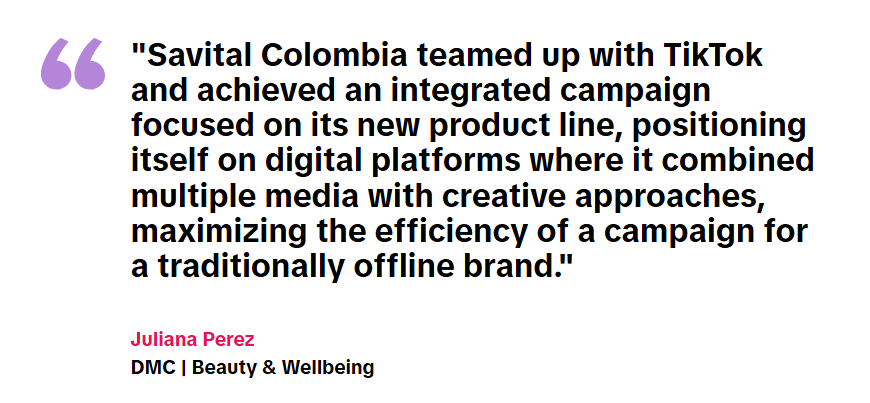
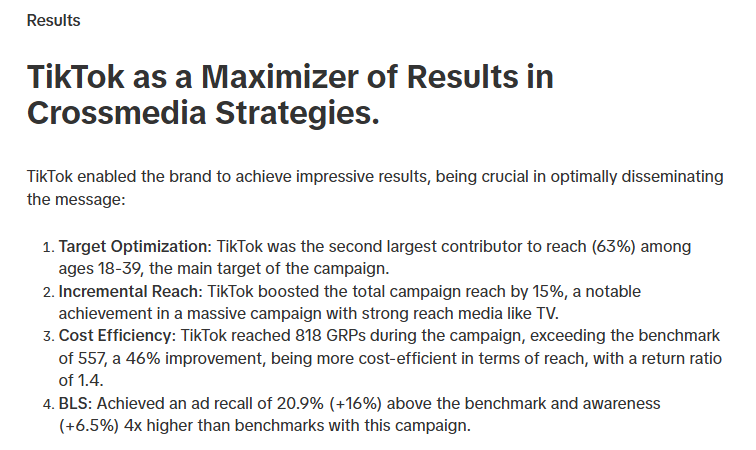
To successfully innovate, agencies should dedicate a portion of their budget and time to testing new channels. This could include experimenting with platforms like TikTok, WhatsApp marketing, or interactive content formats. Marketers increased their investment in emerging social platforms in the last year, reflecting the growing importance of early adoption.
Document the results of these experiments and share learnings across your team. This approach not only speeds up adoption but also helps you build a reputation as a forward-thinking agency.
Step-by-Step
- Identify one or two emerging channels relevant to your clients' audiences.
- Allocate a small test budget and set clear objectives for each pilot campaign.
- Track performance using metrics like engagement, cost per lead, and brand lift.
- Share results internally and with clients, highlighting actionable takeaways.
- Scale up investment in channels that show strong potential.
KEY INSIGHTS
- Early channel adoption can give your agency and clients a competitive edge.
- Documenting and sharing test results accelerates learning and reduces risk.
- Not every new channel will succeed, but disciplined experimentation pays off over time.
What new channels are you considering for your agency or clients? Start small, track results, and use your findings to guide future growth.
Now that you have a solid foundation in cross-channel marketing strategies, there's one more piece that can make a huge difference in your campaign performance: combining paid advertising with organic content. Our article will show you how to make both work together.
Want to get all your marketing and funnel work done—without the headaches of hiring a team? Download our free guide: 33 Marketing Projects You Can Delegate to Growbo and discover how to save 100+ hours a month, grow faster, and scale without the overhead.
Conclusion
Let's be honest - cross-channel marketing sounds great in theory, but getting it right is tough. When you connect your channels properly, your clients notice the difference in both results and reporting.
Think about it from your client's perspective. They don't care about channels - they care about results. When everything works together, those results make renewal conversations much easier.
Here are the practical steps that make the biggest difference:
- Map your client's customer journey before planning campaigns
- Create a simple messaging guide everyone can actually use
- Centralize your data to eliminate manual reporting headaches
- Segment audiences based on real behavior, not just demographics
- Automate repetitive tasks to free up creative energy
- Choose channels strategically instead of being everywhere
- Test consistently and document what works
- Get regular feedback from clients and use it
I know implementing these strategies while managing clients isn't easy. You're already stretched thin handling daily work.
Want to see exactly how our team can handle your cross-channel marketing needs? Schedule a call with one of our marketing specialists who can walk you through our process and answer any questions specific to your business.
Get Growbo's complete marketing team and we'll handle everything from journey mapping to campaign automation while you focus on strategy and client relationships.
Which cross-channel strategy are you most excited to implement? Share your biggest challenge in the comments below!
Keep Growin', Stay Focused,
Image Credits:
1. https://www.meegle.com/en_us/advanced-templates/omnichannel_retail/cross_channel_customer_journey_audit
2. https://insync.media/branding/
3. https://customers.twilio.com/en-us/amaysim
4. https://www.twilio.com/en-us/customer-data-platform?_gl=1*75t133*_gcl_au*OTQzODM0NTU0LjE3NTM3MjMxMzk.*_ga*ODMzMDkzNzQuMTc1MzcyMzEzOQ..*_ga_RRP8K4M4F3*czE3NTM3MjMxMzckbzEkZzEkdDE3NTM3MjMxNzEkajI2JGwwJGgw
5. https://customers.twilio.com/en-us/drift
6. https://customers.twilio.com/en-us/amaysim
7. https://www.sparkrevops.com/case-studies/multichannel
8. https://www.goodway-media.com/case-studies/cross-channel-strategy-boosts-conversion
9.https://getthematic.com/insights/content/images/size/w1000/2025/04/Body-D-4.png



